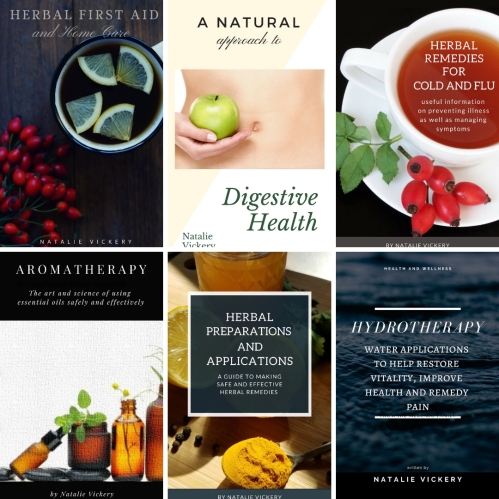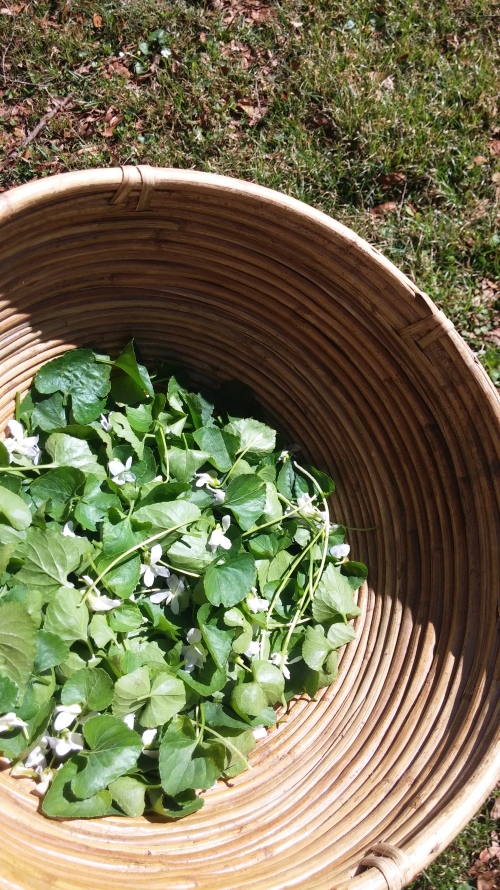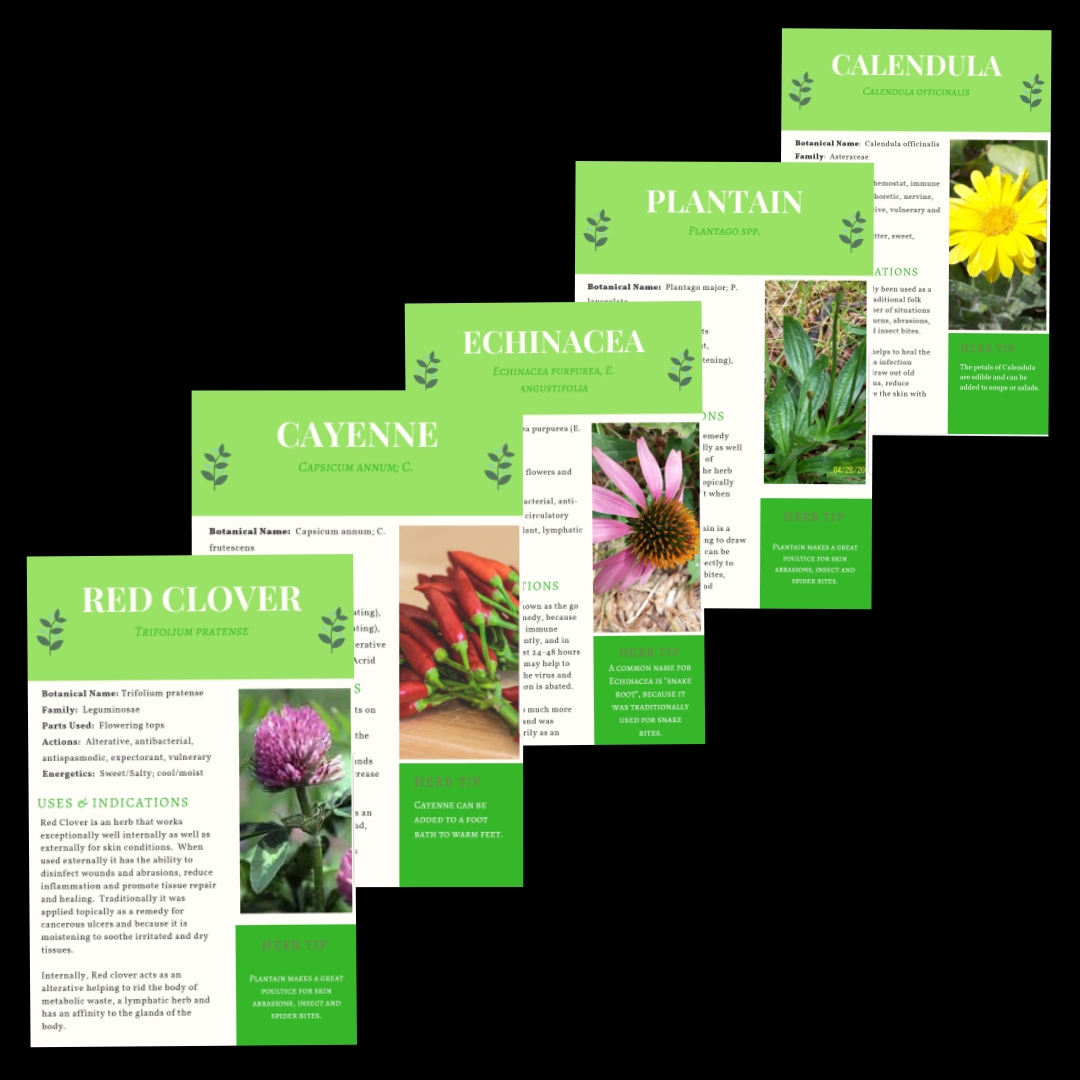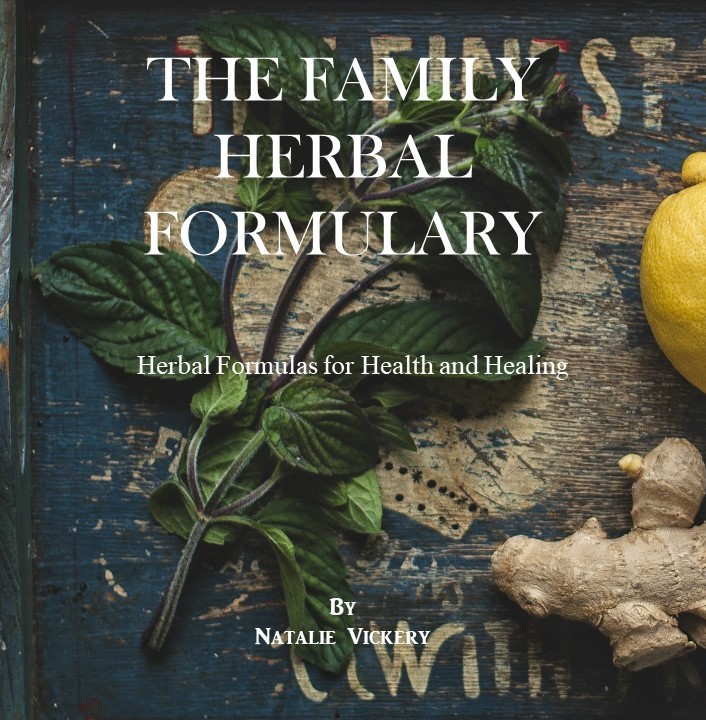I’m writing to you today, not for pity, but rather out of empathy for those of you who have experienced loss and trauma. Although these may not be the answers you are looking for, sometimes it helps to know that you are not alone. It is not until you walk in someone else’s shoes, that you can truly feel their pain.
The Event….
On September 11th, of 2017 we not only lost our home, but also lost my herbal business and apothecary to Hurricane Irma. The loss itself was great, but the events that led up to the loss also took their toll.
On September 5th, evacuations began in Florida, siting one of the strongest storms ever recorded in the Atlantic; a category 5 with wind speeds of up to 180 miles per hour.
By the morning of Sunday, September the 10th, the magnitude of the storm began to sink in. It was at this point that we began packing up our home in North Florida, as we anxiously watched it come ashore South of us in Miami as a Category 4 with wind gusts reaching 130 mph.
We spent Sunday packing and trying to figure out what we needed to take and preparing the house and yard. Of course, there are the basics; some cloths, toothbrush, bathroom items, herbs and the cat, etc. We even told our teenage son to, “pack as though you were never coming back here”. And even though we had evacuated before, somehow this time seemed different.
That evening we headed to my in-law’s house, which was only about fifteen minutes away, but free from the large trees like the ones that surround our home; We all settled in for what we knew would be a long night. At 3 am on the morning of September 11th, we were abruptly woken up by emergency phone alerts going off throughout the house. The creek was flooding, and we had to move our vehicles. It was about that time we heard a huge explosion and lost all power.
As the sun began coming up that morning we realized that the water had not only risen outside the banks of the creek, but it had now engulfed the whole underside of the house which stood on stilts. We were now completely cut off from land and were basically sitting on an island watching the water rush past the house.
Throughout the morning we had cell phone service and were in constant contact with family and friends. It was difficult to get accurate information on what was going on in the area. One of our neighbors managed to get through to us to let us know that the creek behind our house had flooded and that it was now very close to entering the house. Not an hour later we received a video from another neighbor…our house was under water and all she could say was…” I’m sorry…I’m so sorry”.
The Shock….
My once stoic teenage son broke down in tears as he entered our home which was still filled with several feet of water. He was overwhelmed with the realization that we had lost everything, to include the only home he had ever known. It was so surreal when we finally realized that we had nowhere to go that night; we no longer had a home.
And then we must pick up the pieces; to sort through the diesel fuel and stagnant water saturated things that were once our lives. It’s a daunting and very emotional time as you discard those things one by one and recount the memories attached to each one of them.
Rebuilding….
After much thought and deliberation, we decided to build a small home to live in while we pulled our lives back together. We are so fortunate to have very loving and compassionate friends and family who provided us with a place to stay, fed us, donated supplies, gifted us money and who stood by us throughout the whole process. Family and friends rallied around us, comforting us, consoling us and taking care of the day to day tasks so that we could focus on getting a roof over our heads. There were others who wished us well, prayed for us and those who just silently melded into the background.
Healing….
Although it has only been 4 months since our world was turned upside down, we are still standing. Our 478 sq. ft., home is finished, and I couldn’t be more excited. However, I still have those days where the tears just pour from my face and I wonder when the fear will pass. When you experience such a traumatic event it really does change your whole way of thinking. The things that seemed so important before, don’t, but there is always this underlying fear of waiting for the “other shoe to drop”.
I’m sure that as time goes by, and as we begin to heal, these feelings will diminish. Throughout this whole process, I remain thankful for having so many wonderful people in our lives, for being alive and for having a roof over our heads.
The Future….
I realize some of you may have experienced or still may be going through traumatic events and my heart goes out to you. All I can offer at the moment is a suggestion to be kind to yourself and realize that healing takes time.
As one who works with others to guide them through the healing process, I am currently the proverbial, “wounded healer”. Eventually, I hope to pass on things that have helped me, but in the meantime, I’m still in the process of healing.
As for my office and herbal apothecary, I’m at a loss. Because so much has gone on these last few months, I have been too overwhelmed to think about rebuilding. However, on a positive note, I am getting ready to release some online classes that I began putting together prior to the hurricane, in the hopes of rebuilding the physical essence of, “The Black Creek Center for Herbal Studies”. If you are interested in finding out more about my online classes, please sign up for my newsletter and I will be happy to share.
Sending Love and Well Wishes,
Natalie

 The skin is our first line of defense when it comes to keeping pathogens at bay. Once the barrier of the skin is broken this opens a pathway for infection. Topical administration of herbs allows for another access route for administering herbs as well as healing the surface and reducing the risk of infection.
The skin is our first line of defense when it comes to keeping pathogens at bay. Once the barrier of the skin is broken this opens a pathway for infection. Topical administration of herbs allows for another access route for administering herbs as well as healing the surface and reducing the risk of infection.















 Spending time outside is something I often crave, especially during the winter months. Today, the weather was gorgeous so I went out to harvest the most beautiful little violets from under a big oak tree that grows on our property. As I was picking the delicate little heart shaped leaves, I was joined by a bumble bee who excitedly buzzed from flower to flower gathering nectar. What crossed my mind while sitting under that big oak tree. surrounded by those violets growing in the rich black soil, is how important it is for me to take care of this land that I harvest from. I made sure that I left plenty of flowers so that the bees had their share and picked the leaves and not the whole plant so that the plant continues to flourish.
Spending time outside is something I often crave, especially during the winter months. Today, the weather was gorgeous so I went out to harvest the most beautiful little violets from under a big oak tree that grows on our property. As I was picking the delicate little heart shaped leaves, I was joined by a bumble bee who excitedly buzzed from flower to flower gathering nectar. What crossed my mind while sitting under that big oak tree. surrounded by those violets growing in the rich black soil, is how important it is for me to take care of this land that I harvest from. I made sure that I left plenty of flowers so that the bees had their share and picked the leaves and not the whole plant so that the plant continues to flourish.
 Violet is a wonderful herb to use to help reduce inflammation and to soothe irritation in a host of different conditions such as constipation (lubricates the bowels), sore throats, dry coughs, red and angry looking skin conditions, etc. As a lymphatic herb, it can help to reduce swollen glands, abscesses and has also been used topically for mastitis and fibrocystic breasts. (though I’ve not tried it for the latter two conditions).
Violet is a wonderful herb to use to help reduce inflammation and to soothe irritation in a host of different conditions such as constipation (lubricates the bowels), sore throats, dry coughs, red and angry looking skin conditions, etc. As a lymphatic herb, it can help to reduce swollen glands, abscesses and has also been used topically for mastitis and fibrocystic breasts. (though I’ve not tried it for the latter two conditions).



